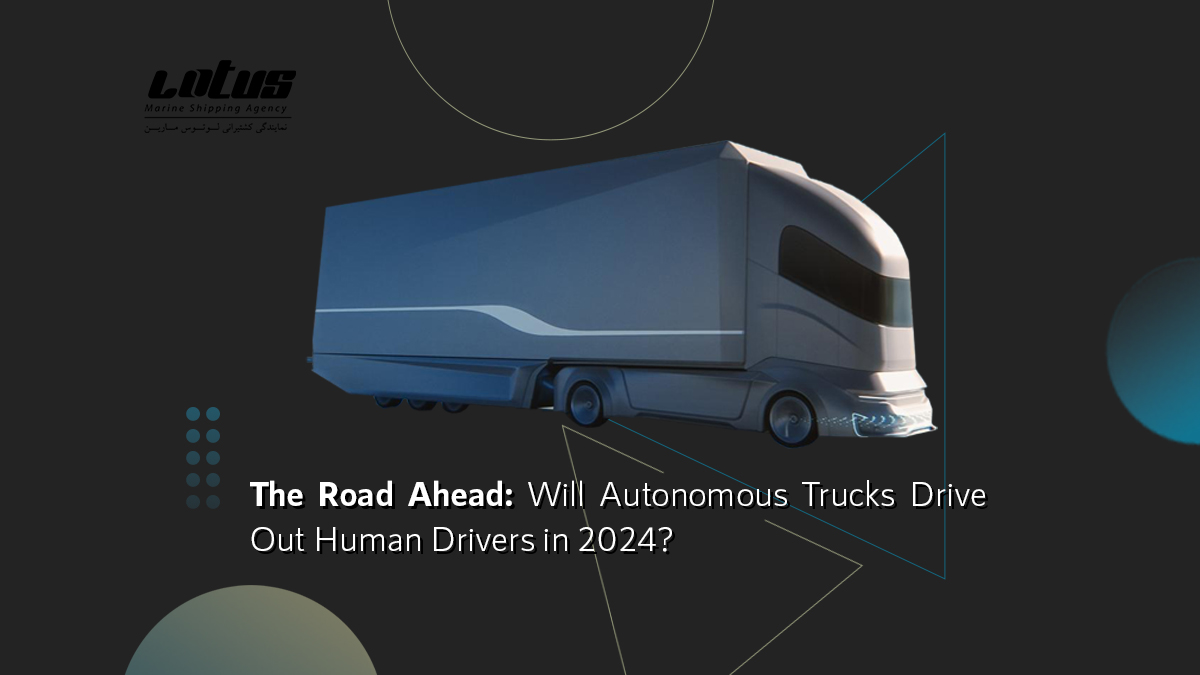Introduction to the Autonomous Trucking Industry
The trucking industry stands at the brink of a revolution. With the advent of autonomous trucks, the industry is poised for a seismic shift. How will this technology impact the traditional role of the truck driver? Let’s explore the current trends and the concept of autonomous trucks.
Technological Advancements in Autonomous Trucks
Autonomous trucks are not a figment of science fiction anymore. The integration of advanced sensors and AI has made self-driving trucks a reality. Let’s delve into the world of sensors, AI capabilities, safety features, and navigation systems that are driving this change.
Impact on the Trucking Industry
The introduction of autonomous trucks promises efficiency and cost benefits, but it’s not without its challenges and limitations. We’ll examine both sides of the coin to understand the real impact on the trucking industry.
Human Drivers vs. Autonomous Trucks
The biggest question on everyone’s mind: will autonomous trucks replace human drivers? This section will explore the job implications for truck drivers and the transition period that might redefine their roles.
Regulatory Landscape for Autonomous Trucks
Navigating the regulatory landscape is crucial for the adoption of autonomous trucks. What are the government regulations and standards shaping this field? And how do these vary across the globe?
Environmental Impact of Autonomous Trucks
One of the potential benefits of autonomous trucks is their impact on the environment. We’ll investigate how these trucks could lead to reduced emissions and foster sustainable practices.
Public Perception and Safety Concerns
Trust in technology and safety records are key to public acceptance of autonomous trucks. This section will address the public perception and the concerns surrounding the safety of autonomous vehicles.
The Future of Logistics and Supply Chain
Autonomous trucks could revolutionize logistics and supply chain dynamics. How will they integrate with existing systems, and what impact will they have?
Case Studies: Autonomous Trucking in Action
Real-world examples and case studies provide valuable insights into the practical application of autonomous trucks. We’ll look at some successful implementations and the lessons learned from them.
The Role of Data and Connectivity
Data analysis and fleet management play a pivotal role in the operation of autonomous trucks. We’ll explore the importance of connectivity and communication in this new era of trucking.
Investment and Economic Implications
The shift to autonomous trucks has significant economic implications. This section will cover the investment landscape, including funding and startups, and analyze the economic impact.
Comparative Analysis: Autonomous vs. Traditional Trucking
How do autonomous trucks stack up against traditional trucking in terms of cost efficiency and time management? We’ll provide a comparative analysis to answer this question.
Potential Roadblocks and Solutions
Despite the promise, there are technological hurdles, policy, and ethical considerations that need addressing. What are these potential roadblocks and how can they be overcome?
Global Trends and Predictions for 2024 and Beyond
What does the future hold for autonomous trucks? We’ll look at market growth forecasts and the latest technological innovations shaping the future.
Conclusion: The Road Ahead for Trucking Industry
In conclusion, we’ll summarize our findings and provide a future outlook for the trucking industry, considering the rise of autonomous trucks.
FAQS
- How safe are autonomous trucks compared to traditional trucks? Autonomous trucks are expected to be safer than traditional trucks due to their advanced technology. They utilize sensors, cameras, and radar to monitor road conditions and avoid accidents. Autonomous vehicles are designed to eliminate human error, which is a leading cause of road accidents. However, the safety of these vehicles will depend largely on the advancements in technology and comprehensive road testing.
- What are the main technological challenges facing autonomous trucks? The major technological challenges for autonomous trucks include developing reliable sensor technology that can accurately perceive the environment in various weather conditions, ensuring robust AI and machine learning systems for decision-making, and creating effective communication systems for vehicle-to-vehicle and vehicle-to-infrastructure connectivity. Additionally, integrating these trucks into existing traffic systems and ensuring cybersecurity are significant challenges.
- How will the job market for truck drivers change with the introduction of autonomous trucks? The job market for truck drivers may undergo significant changes with the introduction of autonomous trucks. While some driving jobs may be phased out, new roles may emerge in fleet management, vehicle maintenance, and logistics coordination. The transition to autonomous trucks is expected to be gradual, allowing time for workforce retraining and adaptation to new roles in the evolving industry.
- What kind of regulations are needed to govern autonomous trucking? Comprehensive regulations are needed to govern autonomous trucking, including standards for vehicle safety, data privacy, and cybersecurity. Regulations must also address liability in the event of accidents, establish protocols for interactions between autonomous and non-autonomous vehicles, and set guidelines for testing and deployment. Collaboration between industry players and regulatory bodies is essential to develop an effective legal framework.
- Can autonomous trucks fully replace human drivers in the near future? While autonomous trucks are advancing rapidly, it is unlikely that they will fully replace human drivers in the near future. The transition to fully autonomous trucking will be gradual, with mixed fleets of manned and unmanned vehicles initially. Challenges such as technological limitations, regulatory hurdles, and public acceptance will play a role in determining the pace of this transition. Human drivers are likely to remain an important part of the trucking industry for various specialized and complex driving tasks for the foreseeable future.

